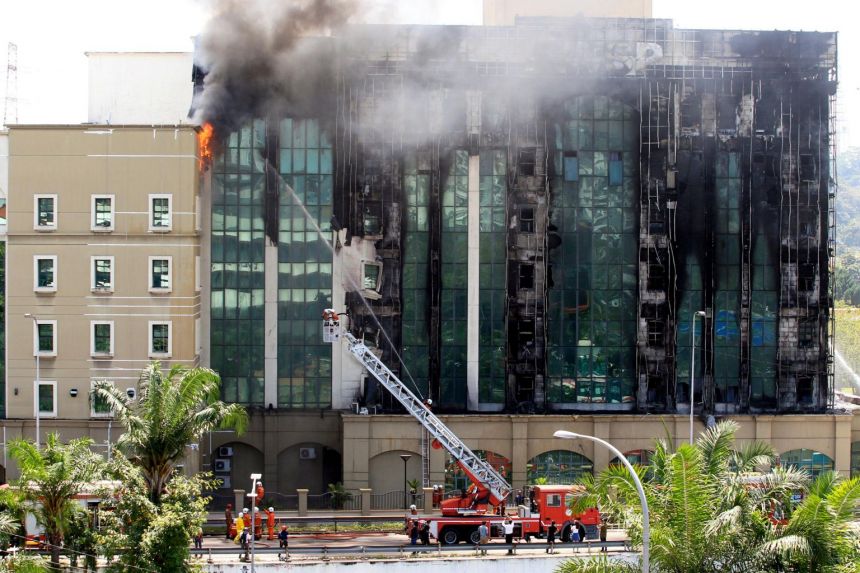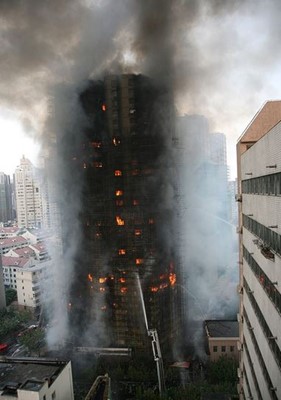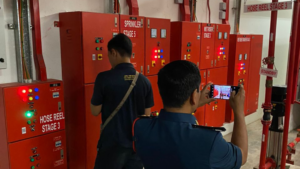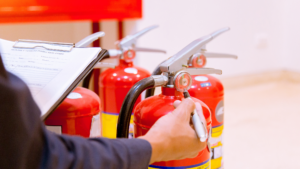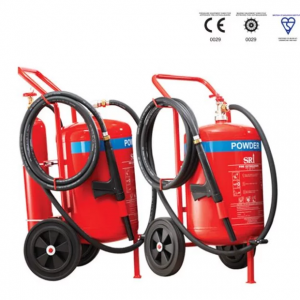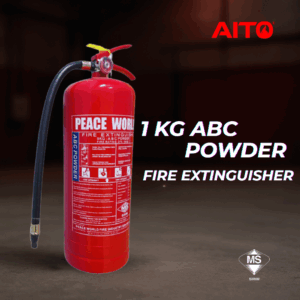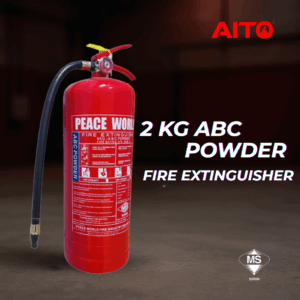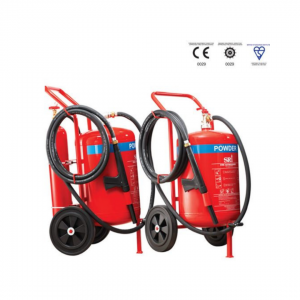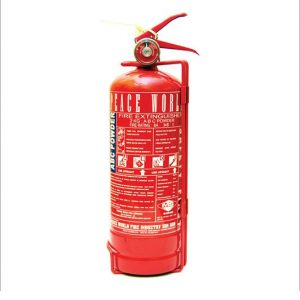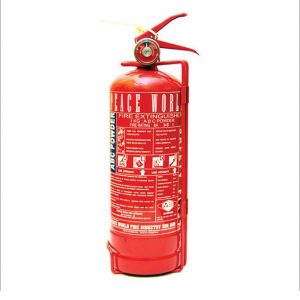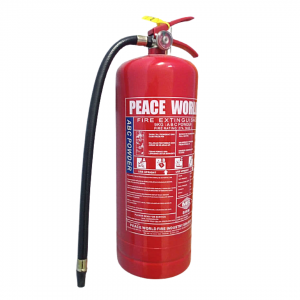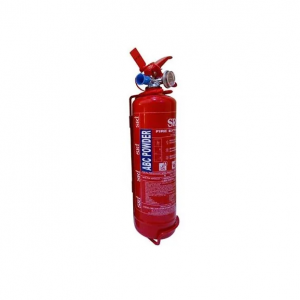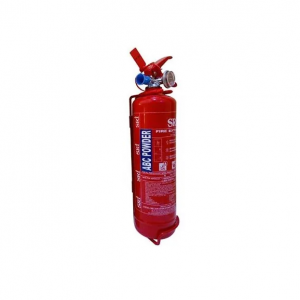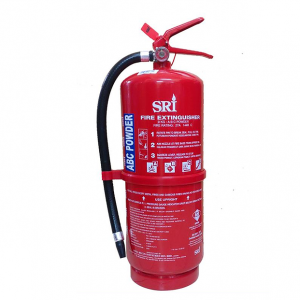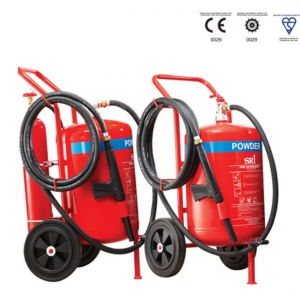READINESS IN THE EVENT OF A FIRE IN A SKYCRAPERS
In the event of a fire in a skyscraper, ensuring readiness is crucial to minimize loss of life and property. According to the National Fire Protection Association (NFPA 2012), high-rise buildings are defined as “building greater than 75 feet (approximately 23m) in height where the building height is measured from the lowest level of fire department vehicle access to the floor of the highest occupiable story.”

Have you ever dreamt of living in a tall building, waking up to KLCC as your view? Or working in a tall tower while flexing your lanyard. That sounds pretty cool. But have you ever imagine, what’s going to happen if the high rise buildings, occurred to be in an event of a fire? Now, now are we ready?
National Association of Fire Officers (NAFO) has made it mandatory to install active and passive protection systems in high-rise buildings to make them fire safe. Continuous fire safety auditing is also essential to check the readiness of the premise as well as residents in case of a fire. To minimize the loss of life and property due to fire, every high rise should have mandatory safety guidelines in place.
Fire Safety Guidelines for High-Rise Buildings
Fire detection system
Place fire detectors on each floor, and establish two-way communication between the ground floor and other floors. Install a Public Address System (PAS) on every level, and regularly provide instructions based on the situation.
Fire alarm system
There are two kinds of fire alarm systems: manual and automatic. Building codes require automatic fire alarm systems, including smoke and heat detectors, which effectively detect fires, especially when building occupancy is low.
Sprinkler system
In the basement, parking and other areas, where highly combustible things are stored, sprinklers must be provided. The NFPA, estimates the automatic suppression systems lower the cost of damage by 60%. The sprinklers should be connected to the main water tank so that there is an ample amount of water to control the fire.
Fire extinguishers
Portable fire extinguishers should be installed in each corridor along with First Aid box ready and available 24×7.
Signage Escape route map
Maps clearly showing the route to escape should be provided in each corridor. This should be in luminous paint so that it is useful even if there is a power failure and to enable evacuation at night.
Fire drills
Drills are the best way to test the efficiency of your emergency response plan. Residents must know where the emergency equipment is located and the quickest route to reach it. They should also know how to evacuate the building as quickly as possible. Regular fire drills help prevent panic during emergencies and are just as important as avoiding flames and fumes.
Additionally, a built-in firefighting system, including a wet riser, dry riser, and hydrant, is essential. Every high-rise must have at least two entrances and staircases placed far apart. An alternative power supply should be maintained and kept operational.
In conclusion, while we can’t control fire-related accidents, we can be prepared to manage them with well-planned measures to minimize loss of life and property.


